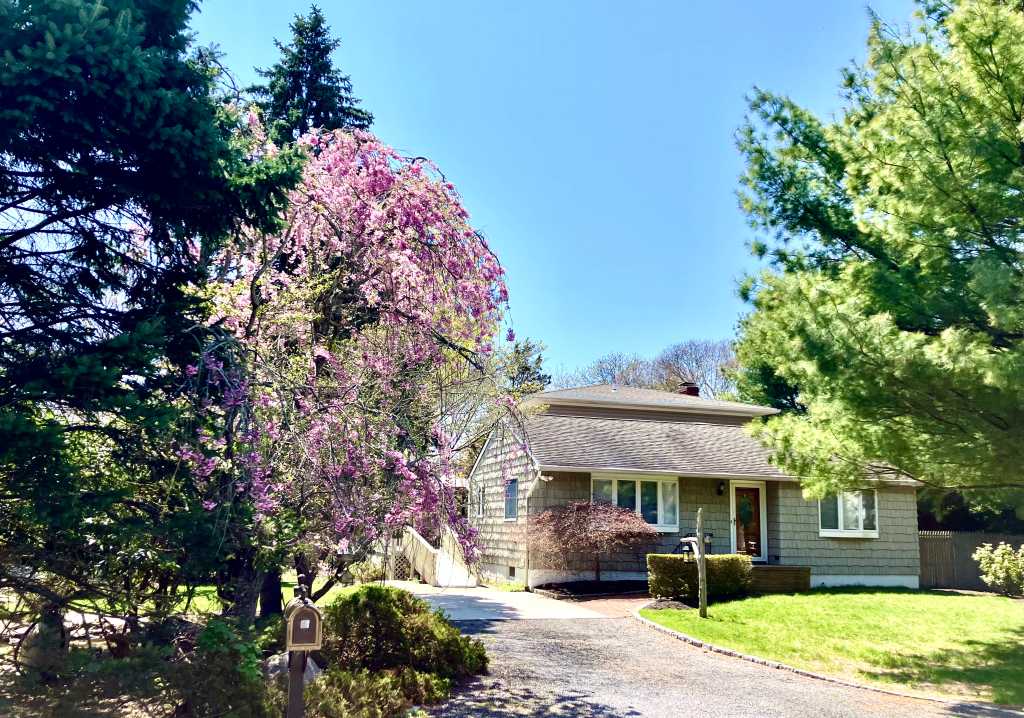A Gaggle of Voices About Helicopter Noise

While protests (in person at meetings, on petitions and at rallies) continue over the recently changed helicopter route over the East End, various officials say they want to address the concerns of all sides at forthcoming meetings. But which sides and which meetings?
Major players at the meetings held so far tend to include elected officials or their representatives—Congressman Tim Bishop, Southampton Supervisor Anna Throne–Holst, Southampton Councilwoman Christine Scalera, East Hampton Supervisor Bill Wilkinson, Assemblyman Fred Thiele and East Hampton Councilman Dominick Stanzione, who is airport liaison from the East Hampton Town Board.
The recent “educational session” on Monday, August 27, however, held by the Federal Aviation Administration (FAA) at Brookhaven Town Hall, also attended by officials from the Eastern Region Pilots Association, Southampton Heliport Management and East Hampton Airport Management, was otherwise open only to elected officials. Few “electeds,” it seems, to infer from quoted media comments, have a full understanding of aviation law, safety or the limits to their authority. At this meeting, the FAA highlighted law and safety issues as they relate specifically to helicopters, also pointing out that state and local authority is limited. At prior local meetings, attendees included members of the community-based Quiet Skies Coalition, along with various individuals from both East Hampton and Southampton towns, some of whom want East Hampton Airport closed completely.
It’s not easy to keep track of the meetings and who wants what specifically, but at each there are pledges to continue to try to find additional tweaks, adjustments and solutions, short- and long-term. According to a statement issued on August 29 by the office of Supervisor Throne-Holst, Southampton Town Hall will host a “joint meeting of federal, state, and local officials,” as well as of community representatives on Monday, September 10 in the Town Board Room. This additional meeting, according to the statement, is “in response to” the August 27 educational session by the FAA, as well as “a follow-up” to various community meetings earlier in the month. Other meetings may be scheduled on the matter around the same date.
Senator Charles Schumer has also been weighing in with suggestions, not to mention the host of folks heating up the blogosphere. Not incidentally, it should be noted that Senator Schumer’s mandatory North Shore Helicopter Route opened August 6, right about the time of the local helicopter route change. This new North Shore Route, which runs from approximately the New York City line out to Orient, no doubt has added to confusion because the reinstated old power-line route over Southampton is referred to as the “northern” route. In fact, this power line (northern) route was the original local route prior to 2005. It runs along the industrial power lines ending over Jessup’s Neck and Noyac in Southampton. In 2005, without an air-traffic control tower, there was a near miss accident that caused pilots and airport management to address safety concerns, and thus the route over Northwest Creek in East Hampton was instituted. Now, with an FAA authorized control tower, the pilots feel safety is no longer an issue on the power line route, so it was back to Plan A—which meant the elimination of the Northwest Creek route. The change back now concentrated traffic over Southampton town, though it did reduce traffic in Southold, Shelter Island and elsewhere on the North Fork. Stanzione points out.
The latest complaints come mainly from homeowners in a narrow band of coastline residences in Noyac. Other complainants come from Sag Harbor, North Sea and Bridgehampton, all of whom claim to be negatively affected by helicopter noise due to the changed route. Of course, these complaints easily evolve into wider grievances about airport noise in general, safety concerns and decision-making by pilots, air traffic controllers and town boards. Related issues involve discussions, sometimes contentious, over the airport’s accepting funding from the FAA. Some grant assurances expire in December 2014, notes Councilman Stanzione (and not, as sometimes reported, 2013). Airport opponents see those dates as the beginning of the end of the airport. And for sure, as various wags have pointed out, closing the airport would certainly put an end to aviation noise complaints!
Still, as the most recent proposed helicopter meetings mount, participants express hope that some alternatives and adjustments can be found to quiet tensions, while respecting clear federal jurisdiction. While it’s not up to the FAA to regulate local noise complaints, Stanzione points out, all would benefit from being better educated about aviation law and “reasonable” expectations about the burdens and benefits of “modernity.” He works on “less-than-perfect” solutions, but notes, “pilots and air traffic professionals have voluntarily addressed about 85% of the helicopter impact based on safety and efficiency. That has had a positive impact on upwards of 1,000 homeowners in several towns.” The affected areas remaining, he says, “seem to number only about 100 or so homes and are located in low-density areas near a national park some six miles from the airport.” Still, he says, “we will work hard to address those areas as well.”
Who owns the skies? Stanzione rhetorically asks. “The minute you launch your paper plane into the air, that space belongs to the U.S.A.” He notes he has been a diligent student over the last few years, trying to separate perception and reality, including the mistaken belief that they have the power to legislate or dictate air routes and that the FAA can control local aviation noise. Indeed, Stanzione adds, to the extent that noise abatement is possible, it would depend on pilots’ volunteering to alter routes. Closing the airport, as some have urged, is not “a realistic or desirable” solution…but we can pursue some reasonable access restrictions, even with FAA grants, including curfews.”
Meanwhile data must be gathered, and money must be spent, more discussion had with informed constituents. Maybe someone can come out with a scorecard.



